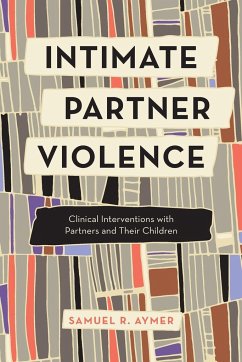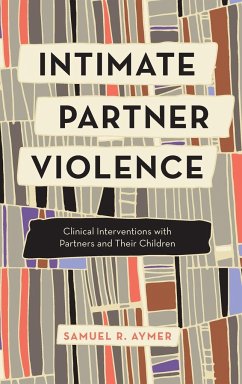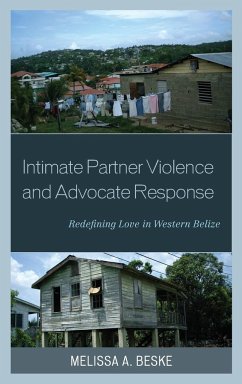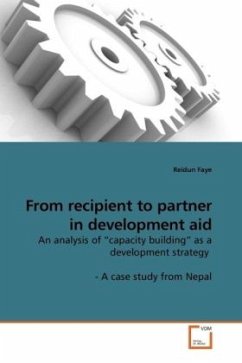
Repeat Intimate Partner Violence
A New Look at an Old Problem
Versandkostenfrei!
Versandfertig in 6-10 Tagen
39,99 €
inkl. MwSt.

PAYBACK Punkte
20 °P sammeln!
While the study of repeat victimization has lead to greater understanding and better prevention of crimes such as burglary, robbery, and vehicle theft, repeat victimization as it relates to intimate partner violence has received less empirical attention. This study further examines the phenomenon of repeat victimization by assessing the nature and extent of repeat intimate partner violence in one U.S. city. Police records (i.e. incident reports and calls for service data) were used to identify repeat victims of intimate partner violence, assess the correlates and time course of repeat victimiz...
While the study of repeat victimization has lead to
greater understanding and better prevention of
crimes such as burglary, robbery, and vehicle theft,
repeat victimization as it relates to intimate
partner violence has received less empirical
attention. This study further examines the
phenomenon of repeat victimization by assessing the
nature and extent of repeat intimate partner
violence in one U.S. city. Police records (i.e.
incident reports and calls for service data) were
used to identify repeat victims of intimate partner
violence, assess the correlates and time course of
repeat victimization, and determine the extent to
which repeat victimization contributed to the
incidence of intimate partner violence. Detective
interviews and field observations were also
conducted to provide further insight on how cases
involving repeat victims were processed by police,
and how this process could be improved to better
measure repeat victimization and meet the needs of
victims.
greater understanding and better prevention of
crimes such as burglary, robbery, and vehicle theft,
repeat victimization as it relates to intimate
partner violence has received less empirical
attention. This study further examines the
phenomenon of repeat victimization by assessing the
nature and extent of repeat intimate partner
violence in one U.S. city. Police records (i.e.
incident reports and calls for service data) were
used to identify repeat victims of intimate partner
violence, assess the correlates and time course of
repeat victimization, and determine the extent to
which repeat victimization contributed to the
incidence of intimate partner violence. Detective
interviews and field observations were also
conducted to provide further insight on how cases
involving repeat victims were processed by police,
and how this process could be improved to better
measure repeat victimization and meet the needs of
victims.












